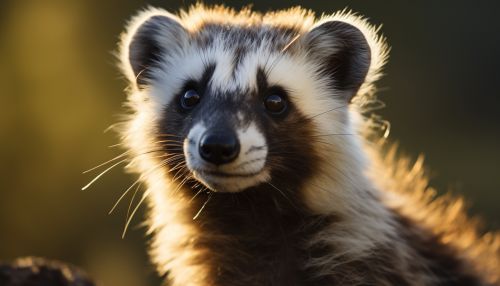Mammal
Classification and Evolution
Mammals are a group of vertebrate animals constituting the class Mammalia, and are characterized by the presence of mammary glands which in females produce milk for feeding (nursing) their young, a neocortex (a region of the brain), fur or hair, and three middle ear bones. These characteristics distinguish them from reptiles and birds.


Mammals include the largest animals on the planet, the rorqual whales, as well as some of the most intelligent, such as elephants, primates, and cetaceans. The basic body type is a four-legged land-borne animal, but some mammals are adapted for life at sea, in the air, in trees, underground, or on two legs.
Anatomy and Morphology
Mammals have a wide range of forms and sizes. They include the tiny bumblebee bat, weighing less than 2 grams (0.07 oz), and the blue whale, the largest animal that has ever lived, which can reach a length of 33 meters (108 feet) and a weight of 190 tonnes (210 short tons). The largest land animal is the African elephant, which can weigh up to 12.25 tonnes (13.5 short tons).
Reproduction and Development
Mammals are viviparous, giving birth to live young rather than laying eggs. The only exceptions are the monotremes, an early-diverging group of mammals which lay eggs. In viviparous mammals, the uterus supports the fetus during gestation, and the mammalian placenta provides oxygen and nutrients to the fetus and removes waste products.
Behavior and Intelligence
Mammals are noted for their high intelligence and complex behaviors. Some mammals, such as primates and dolphins, have social structures that are complex, with strong family bonds and the ability to pass on knowledge across generations.
Conservation
Many species of mammals are threatened by habitat destruction, hunting, pollution, and climate change. Conservation efforts are being made worldwide to preserve endangered species and their habitats.
